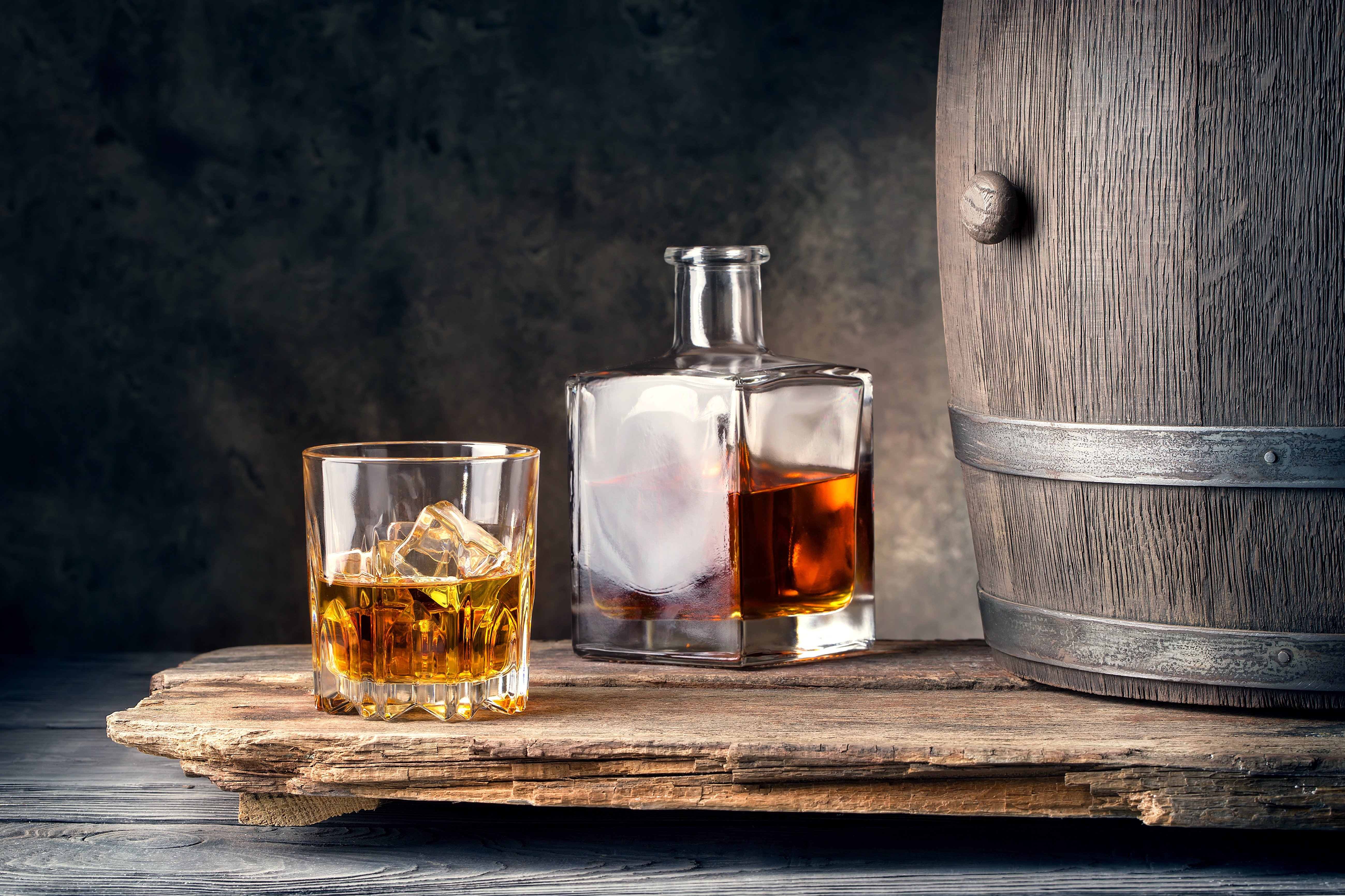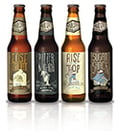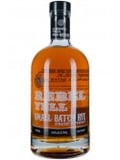3 min read
January for Hosts: Elevated Mocktails That Impress Guests
Your next gathering might include someone who is not drinking. They might be doing Dry January, cutting back, or maybe...

How much do you know about whiskey? Are you in the boat where all caramel-colored spirits in glass bottles seem the same to you or are you privy to what differentiates Irish whiskey from Scotch and Canadian whisky? Before we dive into the unique qualities of each type, let’s address one common question.
Producers of the tasty libation in Scotland, Canada, and Japan spell it without the ‘e.’ The United States, Ireland, and most other countries spell whiskey with an ‘e.’
Some say Irish distillers added the ‘e’ to make their whiskey stand out from Scotch whisky. Others believe it’s just a translation issue between the Scottish and Irish Gaelic. But why are we wasting time over spellings when we could be drinking whisk(e)y?
Check out the video from our very own Ted Farrell for a brief rundown on the different kinds of whiskey:
When it comes to whiskey, the Irish are recognized for being long-time players. Early records point to its origins around 1405, almost a century before it caught on in Scotland.
Irish whiskeys are known for their smooth (but not quite sweet) flavor profiles, which come from the distilling process.
Irish whiskey is almost always distilled three times, due to distillers wanting a way to differentiate themselves from Scotch whisky (which is usually distilled two times). From there, Irish whiskey can be broken down into three main types:
If unmalted barley is used, it may produce a creamy mouthfeel and interesting spice notes. A mixed mash bill (both malted and unmalted barley) offers what’s called “pot still character,” spiciness like cinnamon delicately colliding with tropical fruit notes.
Try for yourself by starting with one of these popular Irish Whiskeys: Proper 12, Jameson, Old Bushmills, Tullamore Dew, or Redbreast.
Want the Full Rundown? Check Out Our Comprehensive Whiskey Guide
When you think Scotch, think smoky.
You can thank peat for that. While American and Irish distillers use other substances to dry the malted barley, Scottish producers stoke the kiln with peat (dried plant matter), which in turn adds robust smokiness to the Scotch.
To be considered true Scotch, a whisky must be distilled and bottled in Scotland. True Scotch must also be made from 100% malted barley. Single malt Scotch is best enjoyed on its own, while blended Scotch tastes great in cocktail recipes. In addition to smokiness, expect earthy and leathery notes. Between Irish whiskey, Scotch, and Canadian whisky, Scotch may be the more acquired taste, but it could be your acquired taste. Have you tried it?
Here are some Scotch whiskies you might like to go for: Glenfiddich, Glenlivet, Macallan, Johnnie Walker, or Cutty Sark
Canadian whisky has a reputation for being lighter and smoother than most other whiskies.
Many producers triple-distill and then blend their whiskies with rye, corn, or other grains to cultivate flavor giving it the light, smooth taste sippers love. You’ll taste notes of vanilla, brown sugar, caramel, and rye or corn qualities showcased.
Another flavor profile you’ll catch in Canadian whisky is maple. Are you surprised? Maple is a common theme in Canadian favors, whisky included with the help of maple wood barrels! Some go as far as adding a splash of maple syrup to intensify the taste. Sounds delicious, eh?
Give one of these of Canadian whiskies a taste: Crown Royal, Canadian Club, or Forty Creek
Age is just a number! Although aging longer gives the spirit more time to absorb and cultivate its flavor profile from the wooden barrels that hold it, temperature and moisture are important factors to take into account. The hotter the environment, the quicker the aging process.
In cooler climates, like Scotland and Ireland, whiskey must be aged for a minimum of 3 years, though the minimum before it is actually considered drinkable in most cases is 12 years. The Irish Whiskey Act was introduced in 1980 to regulate the production and quality of Irish whiskey.
Scotch also ages in a cool, wet environment while American whiskey (bourbon) ages in a warm, dry environment inside new charred oak barrels.
Pro tip: the number of years on a bottle of blended whiskey is the age of the youngest whiskey in the blend. For example, even if 90% of a blend were aged for 30 years and 10% were 5 years, the bottle would still be labeled as a 5-year whiskey.
Would you still say all caramel-colored spirits are the same or is your mouth watering for one in particular? Give some a try and see for yourself. Happy sipping!




Jan 6, 2026by Beau Farrell
Your next gathering might include someone who is not drinking. They might be doing Dry January, cutting back, or maybe...
Nov 17, 2025by Beau Farrell
The holidays are supposed to be about celebrating with people you care about and making memories that last. But...
Nov 4, 2025by Beau Farrell
Between late November and early January, you're hosting more gatherings than the rest of the year combined....